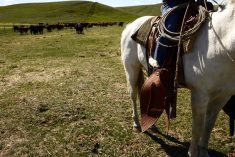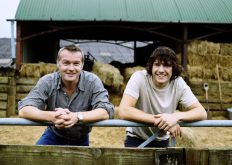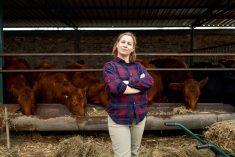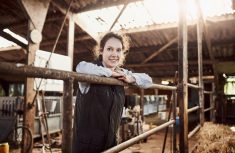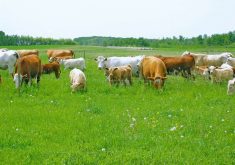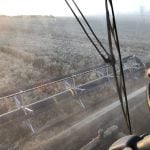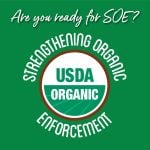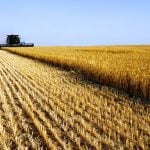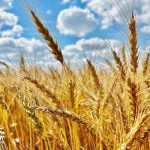The year 2021 will be marked for a few things. Of course, it is year two of the COVID-19 pandemic. For many of us in Western Canada, it will also go down as a drought year, and how the pattern is going to continue is as yet unknown.
What else is 2021 going to be known for? Perhaps we can do some things in our own lives and operations that will lead to more positive outcomes.
One approach that can have a significant impact is developing or updating a strategic plan.
Read Also
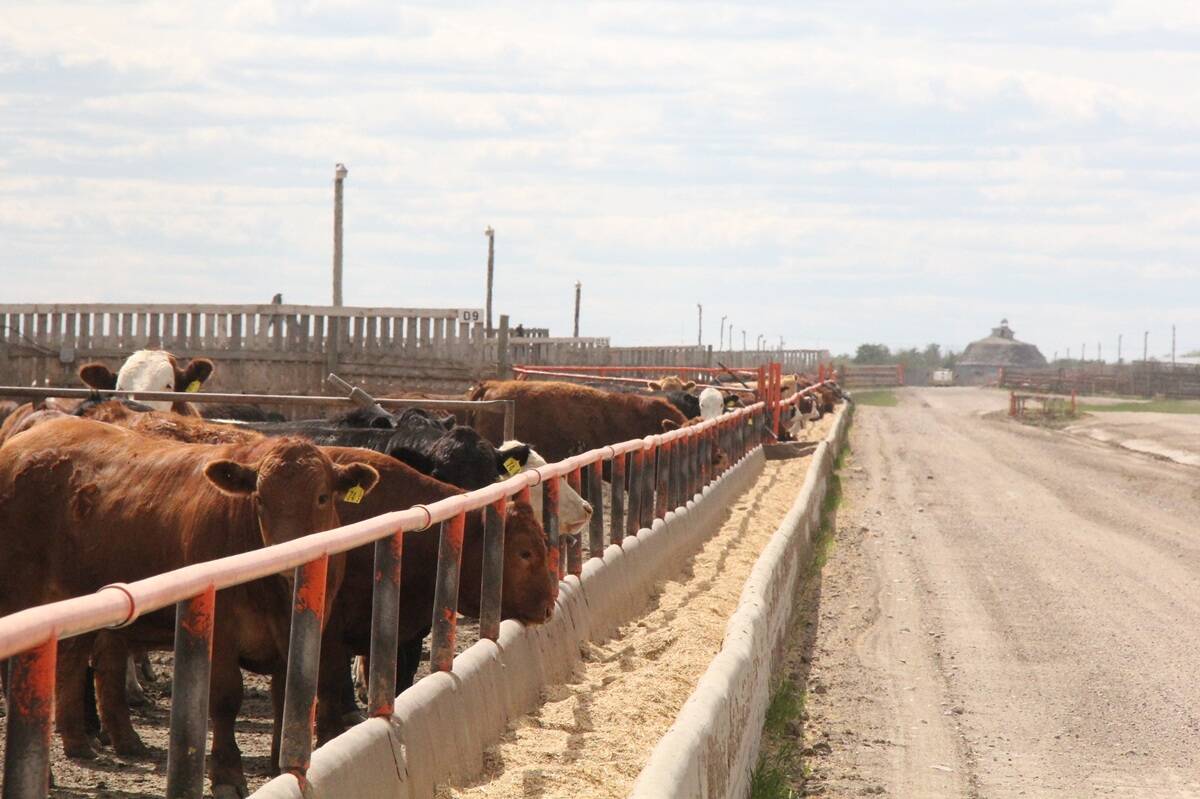
Unwinding the fibre in feedlot cattle diets
Research into how barley rolling method and undigestible NDF levels affect animal performance and digestive health in finishing diets
There are several ways to go about strategic planning, ranging from quite simple to complex. A key component that I often stress is being inclusive and having as much involvement as possible.
The first step in the process is to gather information on the current reality, both inside and outside the operation. How did your 2021 production turn out? What changes have happened?
The external or industry information is a little trickier; it is hard to see into that crystal ball. Some use the acronym PEST to define outside forces: political, economic, social and technological.
What is the likelihood that the dry trend is going to continue? Can you make changes to improve the effect of what moisture you get? Are there infrastructure improvements you should plan to make?
Another factor for the livestock industry is continued high grain prices. In the past, we used to say that the grain and cattle markets were countercyclical. Along with the cost of feed, land is being transitioned out of forages and into grain production. Access to land and upward pressure on land costs (rented or owned) are making it more difficult for the cow to pay her way. Input costs for all types of agriculture will continue to pressure the bottom line.
A focus on soil health and new tools and approaches to improvement is being talked about more and more all the time. In the soil health principles, integration of livestock is included. Perhaps new ways of collaboration will emerge between grain and livestock producers. The ongoing development of the carbon offset market appears to hold potential for livestock and grazing.
The demand for beef has stayed strong, but are we reaching a ceiling of what the consumer is willing to pay? Recent reports suggest that all food is going to get more expensive. Also, the consumer is much more mindful of where their food comes from, which is opening up opportunities again for niche marketing. Combined with technology and consumer access, the possibilities are expanding for direct marketing. But as any involved in that sector will tell you, there are many challenges such as regulations, processing, storage and delivery, and consistency of product, to name a few. Groups such as the Canadian Roundtable for Sustainable Beef and Verified Beef Production Plus are hoping to help open more opportunities.
In the North American arena, mandatory country-of-origin labelling (mCOOL) is resurfacing. So many are stressing the “shop local” movement and in some ways that is what mCOOL is trying to do. But our cattle industry has always been part of a North American market and we need to figure out how to collaborate for the benefit of both countries.
Further in the strategic planning process is the SWOT analysis: strengths, weaknesses, opportunities and threats. Strengths and weaknesses are internal for the operation and opportunities and threats are external. Do this for your operation. Have some brainstorming sessions that include people outside of your usual sphere and tap into some human creativity.
Furthermore, when looking three to five years down the road, ask yourself who is going to be running these operations. What do you need to be doing today and tomorrow to help set up those individuals for success?
By 2026, what will your farm or ranch look like at its very best? Begin this exercise on yourself, then expand to partners and next to the entire team. Each member should take time to develop that vision on their own and then share it with the other members. This is a positive, no limits, explore-the-possibilities exercise.
As you look down the road, realize that all the ideas cannot be accomplished in one year, so shorten your list to the priorities for the next 12 months. Then define clear outcomes, establishing metrics to monitor, or key performance indicators. Can you expect to improve performance or production by 10 to 20 per cent each year? What about cutting costs by that same amount? Create an implementation schedule that includes the person responsible, resources needed and timelines.
One objection to developing a strategic plan is that there is so much uncertainty. How can we know what the cattle market is going to be like in the fall of 2022? Or the price of feed? The complexity and uncertainty are even more reason to use what we know, including records, to help create a plan. Using more than one scenario (poor, average and excellent) can be helpful.
We need to do the financial plan but should be focusing on other key areas as well. Ernesto Sirolli, an authority on sustainable economic development, talks about the three-legged stool of production, marketing and finance. I would add people.
Time goes by quickly and there is no time like the present to begin. Seize the day.



